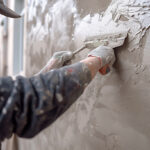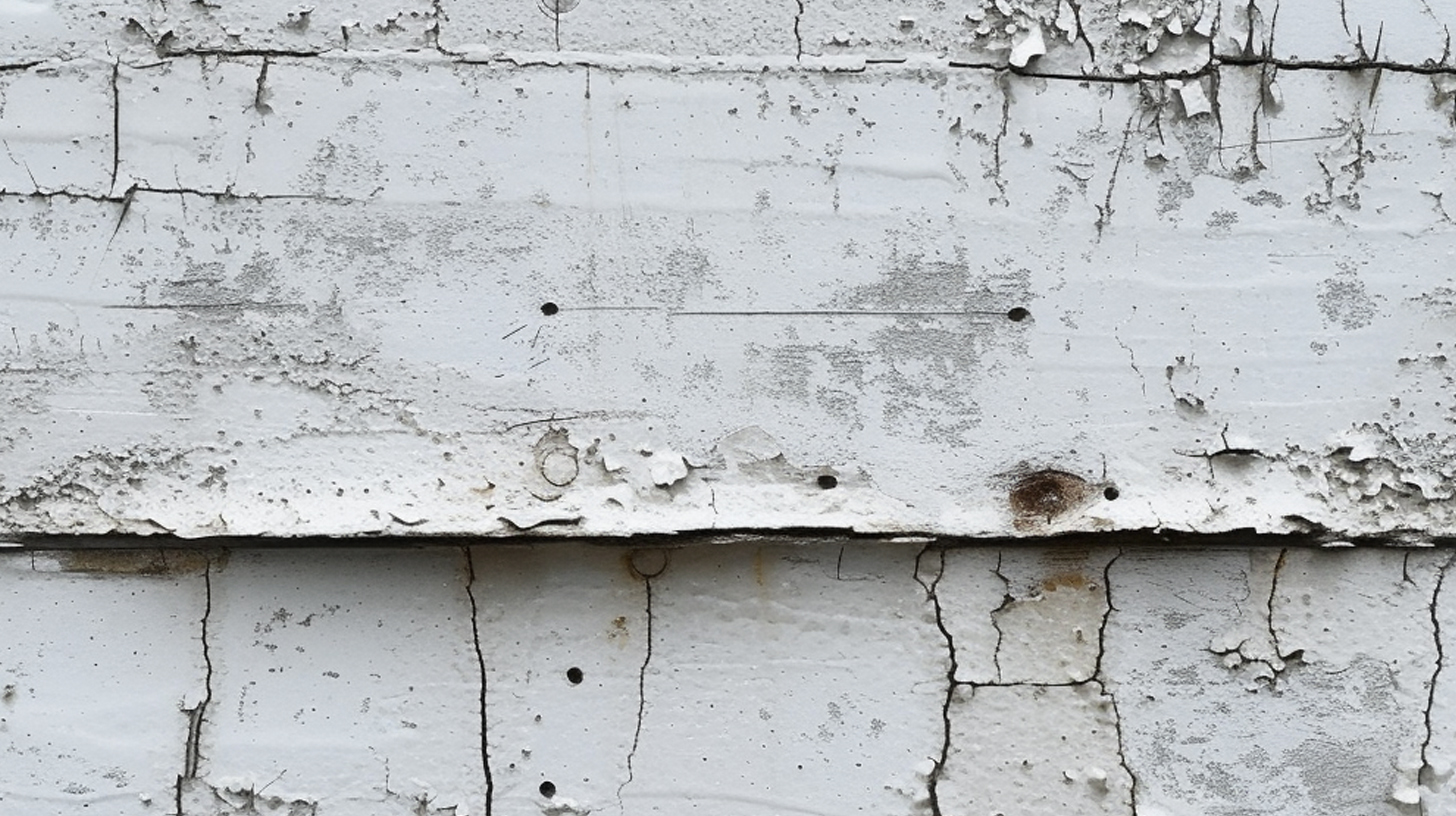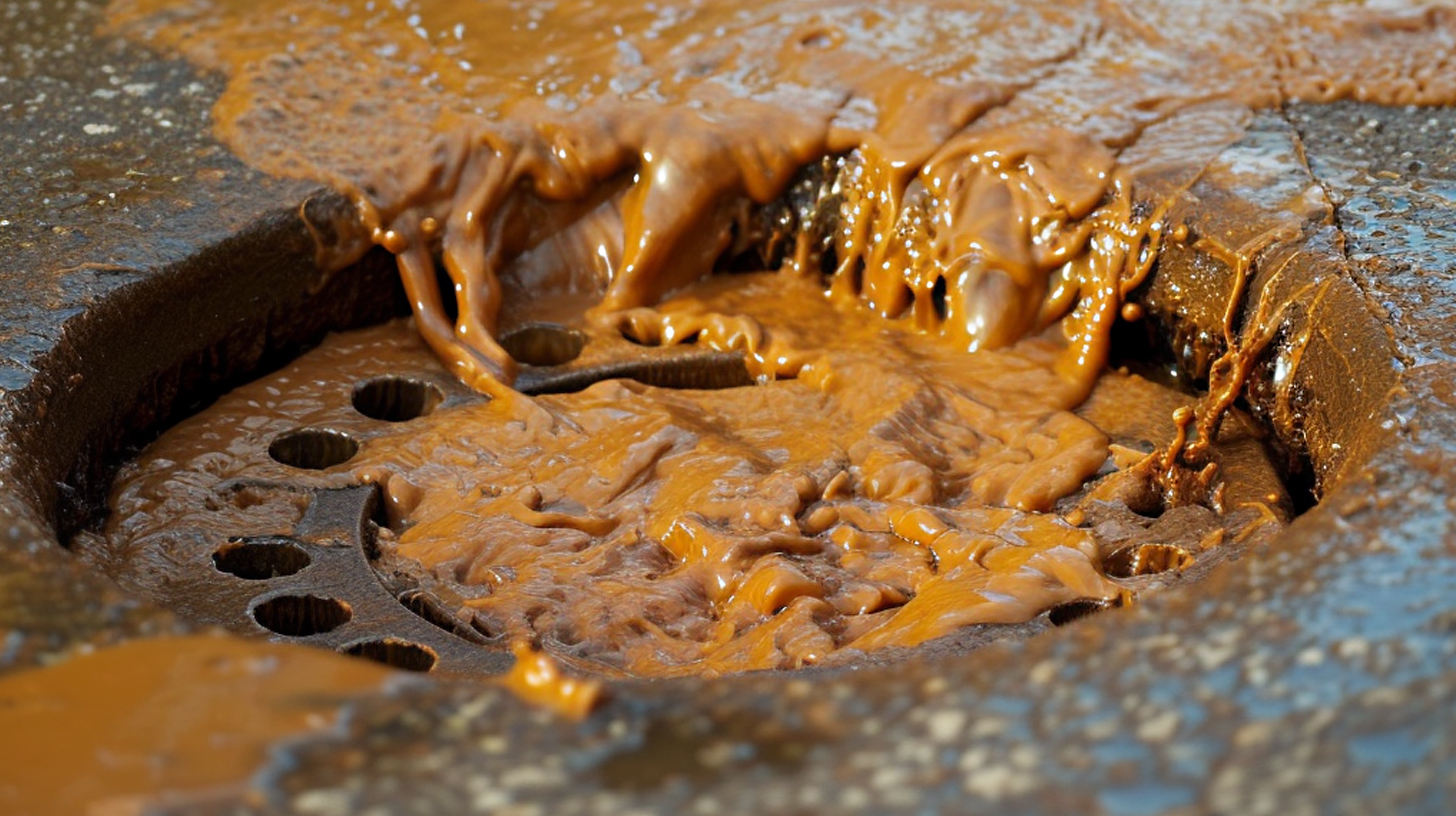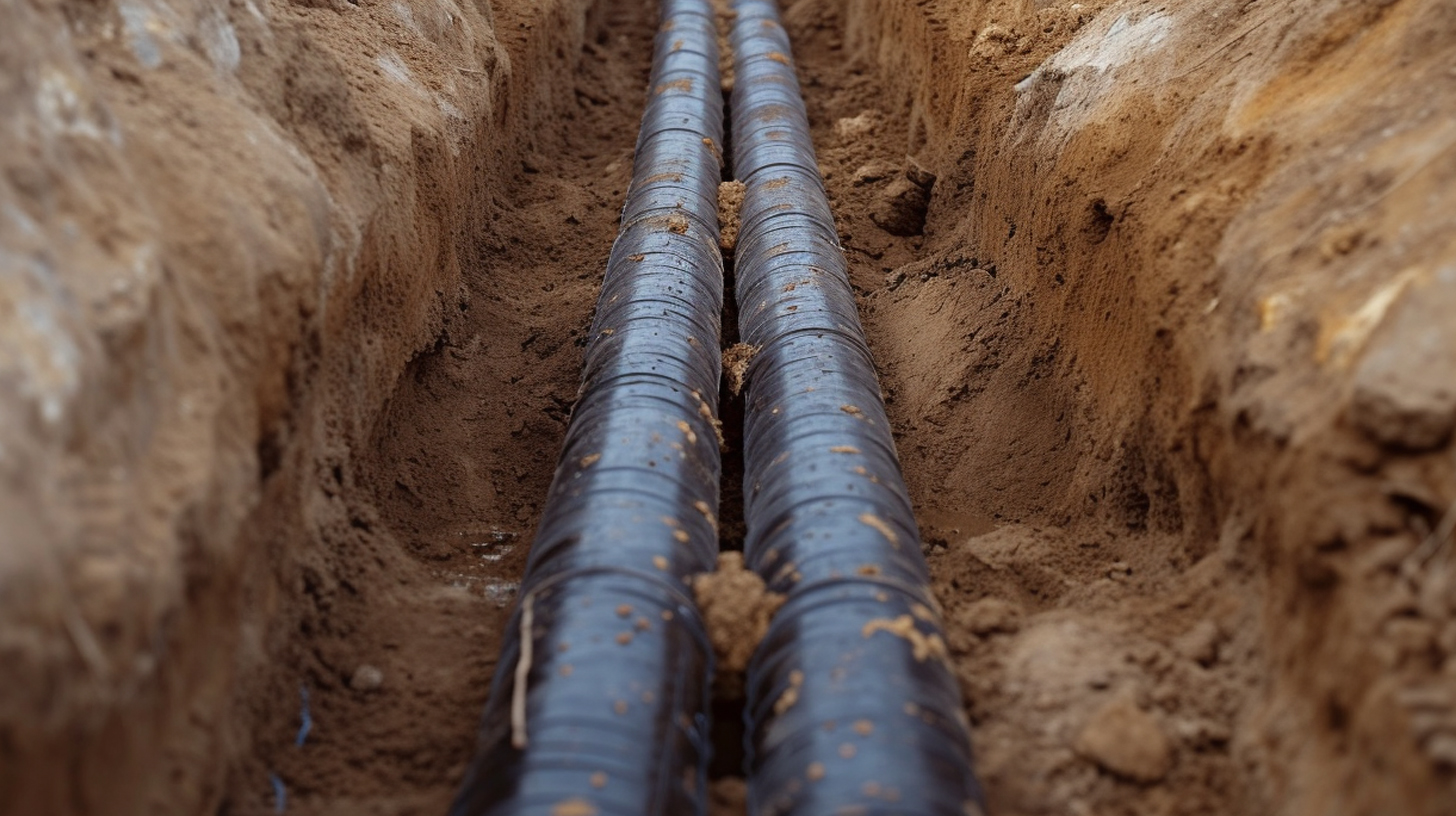Understanding Foundation Cracks: Causes and Importance
Foundation cracks are a common issue that homeowners may encounter, and understanding their causes and significance is crucial for maintaining the structural integrity of a building. These cracks can occur due to various factors, including natural home settlement, changes in soil conditions, and moisture-related issues.
Home settlement is a normal process where a structure adjusts to its weight and the surrounding soil over time. However, excessive or uneven settlement can lead to more severe foundation damage. Soil conditions play a significant role in foundation stability. Expansive soils that swell when wet and shrink when dry can exert pressure on foundations, causing cracks to form.
Moisture issues are another major contributor to foundation problems. Poor drainage, plumbing leaks, or inadequate waterproofing can lead to soil erosion or expansion, compromising the foundation’s stability. Additionally, freeze-thaw cycles in colder climates can cause the soil to heave, potentially damaging the foundation.
It’s important to note that not all foundation cracks are cause for immediate alarm. Hairline cracks are often cosmetic and may not indicate serious structural issues. However, wider cracks, especially those accompanied by other signs like sticking doors or windows, uneven floors, or visible gaps between walls and ceilings, may require professional assessment.
Regular inspection and prompt attention to foundation cracks can help prevent more extensive and costly damage to your home’s structural integrity. If you notice concerning cracks or other signs of foundation issues, it’s advisable to consult with a structural engineer or foundation specialist for a thorough evaluation and appropriate remediation strategies.
Vertical Foundation Cracks: The Most Common Type
Vertical foundation cracks are the most common type of foundation issues homeowners encounter. These cracks typically appear as a result of concrete shrinkage during the curing process or minor settling of the structure over time. Shrinkage cracks are often thin, running vertically from the top of the foundation wall to the bottom.
While vertical cracks can be concerning, they usually don’t indicate severe structural problems. In many cases, these minor foundation issues can be addressed through DIY repair methods. Homeowners can use epoxy injection or hydraulic cement to seal small vertical cracks, preventing water infiltration and further deterioration.
However, it’s essential to monitor the size and progression of these cracks. If a vertical crack widens beyond 1/8 inch or shows signs of horizontal movement, it’s time to call in professionals. Structural engineers or foundation repair specialists can assess the situation and recommend appropriate solutions to ensure your home’s long-term stability.
Remember that early detection and timely repair of vertical foundation cracks can prevent more serious issues from developing, saving you time and money in the long run.
Horizontal Foundation Cracks: A Sign of Serious Problems
Horizontal foundation cracks are often indicative of serious structural issues that demand immediate attention. These cracks typically result from excessive hydrostatic pressure exerted by surrounding soil, which can lead to foundation wall failure if left unaddressed. Soil issues, such as expansive clay or poor drainage, can exacerbate the problem by increasing the pressure on foundation walls.
Unlike vertical cracks, which may be less concerning, horizontal cracks suggest that the foundation wall is bowing inward and losing its structural integrity. This compromises the stability of the entire building and can lead to more severe damage over time.
When homeowners notice horizontal foundation cracks, it’s crucial to seek a professional inspection promptly. Experienced foundation specialists can assess the extent of the damage and recommend appropriate structural repair solutions. These may include installing wall anchors, carbon fiber strips, or even complete wall replacement in severe cases.
Ignoring horizontal foundation cracks can result in costly repairs and potential safety hazards. By addressing these issues early, homeowners can prevent further damage and ensure the long-term stability of their property.
Diagonal Foundation Cracks: Uneven Settling and Soil Movement
Diagonal foundation cracks often indicate uneven settling or soil movement beneath a structure, a phenomenon known as differential settlement. These cracks typically appear at a 30 to 75-degree angle and can signify serious foundation problems if left unaddressed.
The primary causes of diagonal cracks include:
- Soil composition: Expansive clay soils that shrink and swell with moisture changes can lead to foundation instability.
- Drainage issues: Poor water management around the foundation can cause soil erosion or oversaturation, leading to uneven settling.
- Tree roots: Large trees near the foundation can alter soil moisture content and cause shifting.
- Construction on fill soil: Improperly compacted fill soil can settle unevenly over time.
To address diagonal foundation cracks, various repair methods may be employed:
- Underpinning: This involves extending the foundation deeper into more stable soil.
- Helical piers: These screw-like devices are driven into the ground to provide additional support.
- Concrete leveling: A mixture is injected beneath the foundation to lift and level it.
It’s crucial to consult with a professional foundation specialist to determine the underlying cause and appropriate repair strategy for diagonal cracks, as they can significantly impact a structure’s integrity if left untreated.
Stair-Step Cracks: Issues in Brick and Block Foundations
Stair-step cracks in brick and block foundations are telltale signs of potential structural issues that homeowners should not ignore. These distinctive cracks, which follow the mortar joints in a step-like pattern, often indicate foundation settling or soil movement beneath the structure.
Masonry foundation problems like these can stem from various factors, including poor soil compaction, inadequate drainage, or extreme weather conditions. As the foundation settles unevenly, it puts stress on the brick or block walls, causing the mortar joints to crack along the weakest points.
While not all stair-step cracks pose immediate structural concerns, it’s crucial to monitor their progression. Widening cracks or those exceeding 1/4 inch in width may signal more severe foundation issues that require professional attention.
Repair techniques for stair-step cracks vary depending on the underlying cause and severity. Minor cracks may be addressed through repointing, which involves replacing damaged mortar. More significant problems might necessitate foundation stabilization methods such as underpinning or the installation of helical piers.
Homeowners should consult with a qualified structural engineer or foundation specialist to assess the extent of the damage and determine the most appropriate repair strategy. Prompt attention to these masonry foundation problems can prevent further deterioration and ensure the long-term stability of the structure.
Hairline Cracks: When to Worry and When to Monitor
Hairline cracks in walls and ceilings are a common occurrence in many homes, often resulting from normal settling or minor structural movements. However, it’s essential to distinguish between harmless cracks and those that may indicate more serious issues. Generally, cracks less than 1/8 inch wide are considered normal and can be easily addressed with DIY solutions like spackling or caulking.
When evaluating hairline cracks, pay attention to their width, length, and progression over time. If you notice that cracks are widening, lengthening, or new cracks are appearing frequently, this could be a sign of underlying structural problems. In such cases, it’s advisable to seek a professional assessment.
While many hairline cracks can be monitored and addressed by homeowners, certain situations warrant immediate attention from a structural engineer or foundation specialist. These include cracks wider than 1/4 inch, cracks that run diagonally across walls, or those accompanied by other signs of foundation issues like sticking doors or windows.
Remember, early detection and intervention can prevent minor issues from escalating into costly repairs. Regular inspections of your home’s walls and ceilings can help you stay ahead of potential problems and maintain your property’s structural integrity.
Foundation Crack Repair Methods: DIY vs. Professional Solutions
Foundation crack repair is a critical aspect of home maintenance that can prevent costly structural damage. There are several methods available for addressing this issue, ranging from DIY solutions to professional interventions.
One common DIY approach is using hydraulic cement, which expands as it dries to fill cracks effectively. This method is suitable for smaller, non-structural cracks and is relatively inexpensive. Another DIY option is epoxy injection, which involves injecting a strong adhesive into the crack to seal it. While more complex, this method can be effective for slightly larger cracks.
For more severe cases, professional solutions are often necessary. Foundation piers are a robust solution that involves installing support structures beneath the foundation to stabilize and potentially lift settling areas. This method addresses the root cause of many foundation issues but is significantly more expensive than DIY options.
Waterproofing is another professional service that can help prevent future cracks by reducing moisture penetration. This comprehensive approach often includes exterior excavation, crack sealing, and drainage improvements.
When comparing costs, DIY methods are typically much less expensive upfront. However, professional solutions, while costlier, often provide longer-lasting results and can address underlying issues. Homeowners should carefully assess the severity of their foundation problems and consider long-term implications when choosing between DIY and professional repair methods.
Preventing Foundation Cracks: Maintenance and Best Practices
Preventing foundation cracks is essential for maintaining the structural integrity of your home. Proper drainage is crucial; ensure that water flows away from your foundation by grading the soil around your house and installing gutters and downspouts. Soil management plays a significant role in foundation health. Maintain consistent soil moisture levels by watering during dry periods and avoiding overwatering.
Regular inspections are key to catching potential issues early. Examine your foundation walls for cracks, bulges, or other signs of damage at least twice a year. When it comes to landscaping, avoid planting trees too close to your home, as their roots can cause soil shifts and moisture imbalances.
Moisture control extends beyond outdoor measures. Inside your home, use dehumidifiers in basements and crawl spaces to prevent excess moisture accumulation. Additionally, fix any plumbing leaks promptly to avoid water damage to your foundation.
By implementing these best practices and maintaining vigilance, you can significantly reduce the risk of foundation cracks and ensure the longevity of your home’s structural support system.










